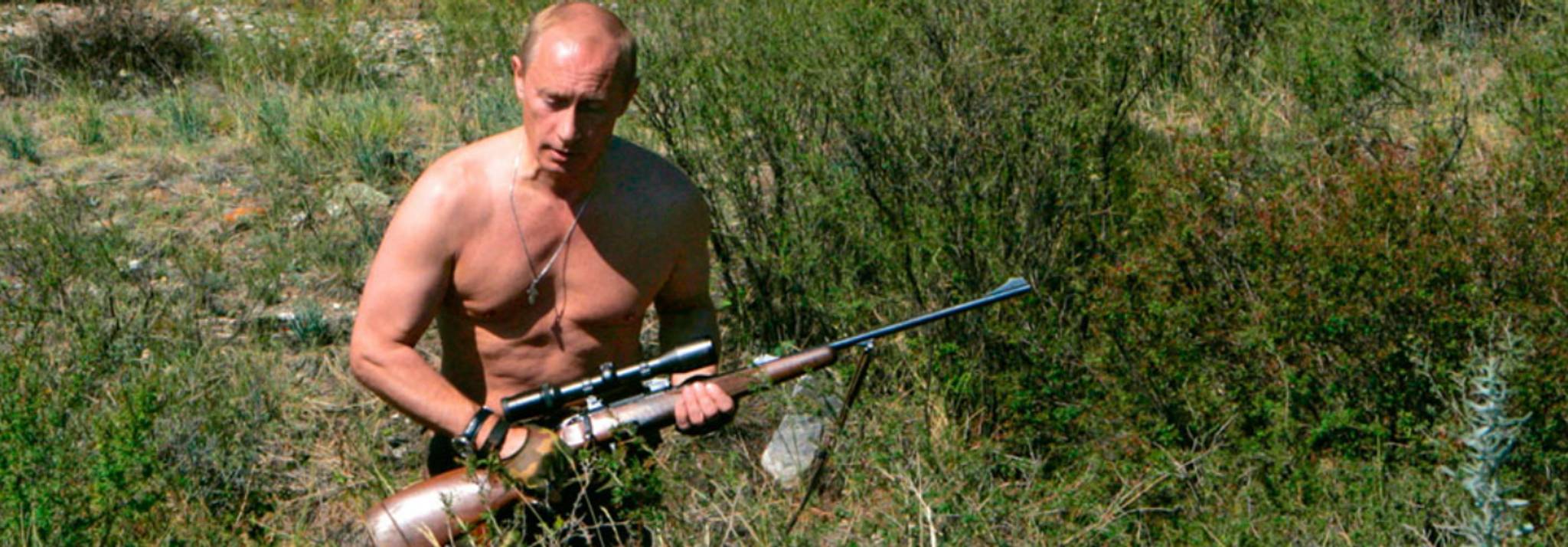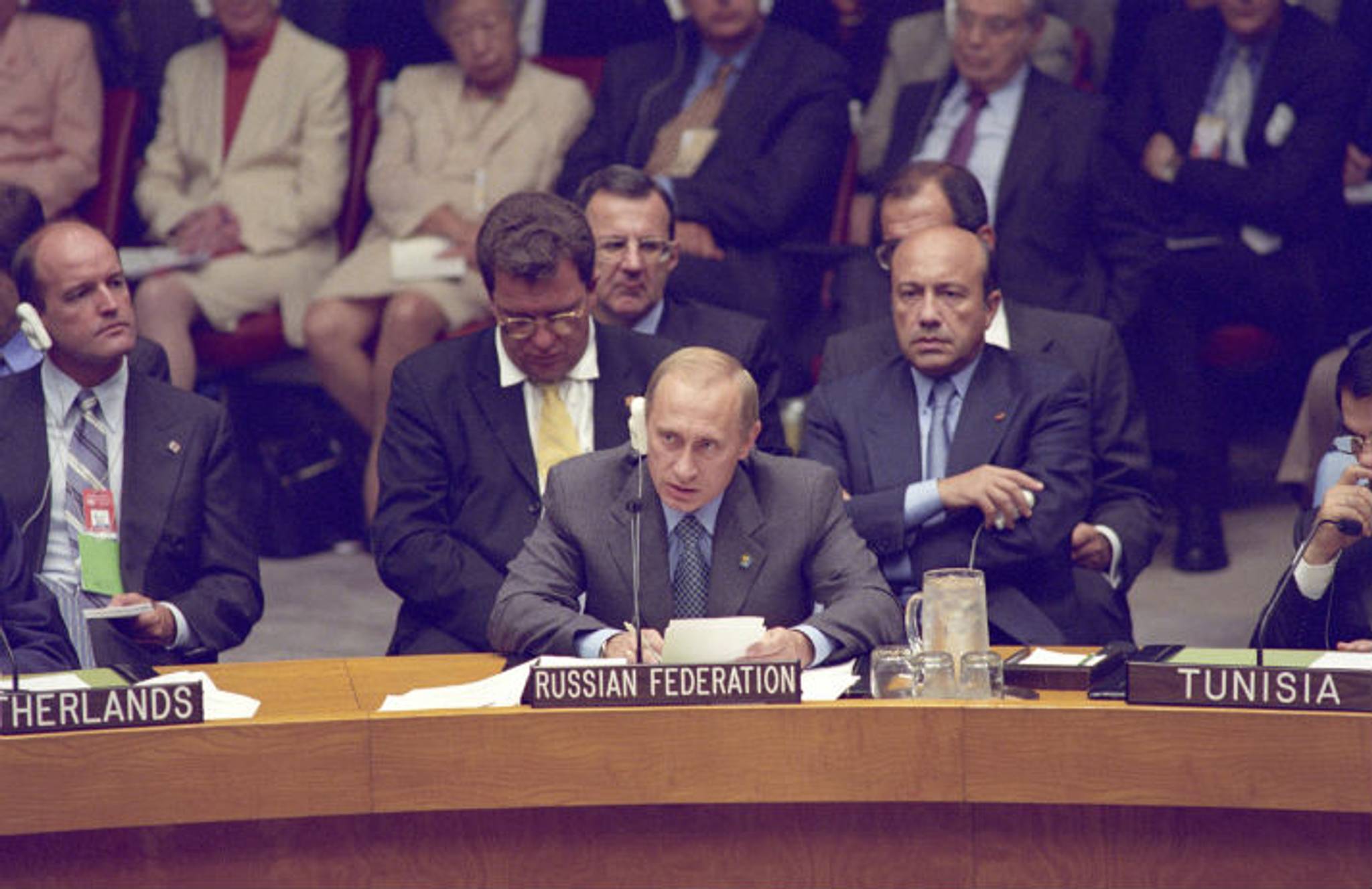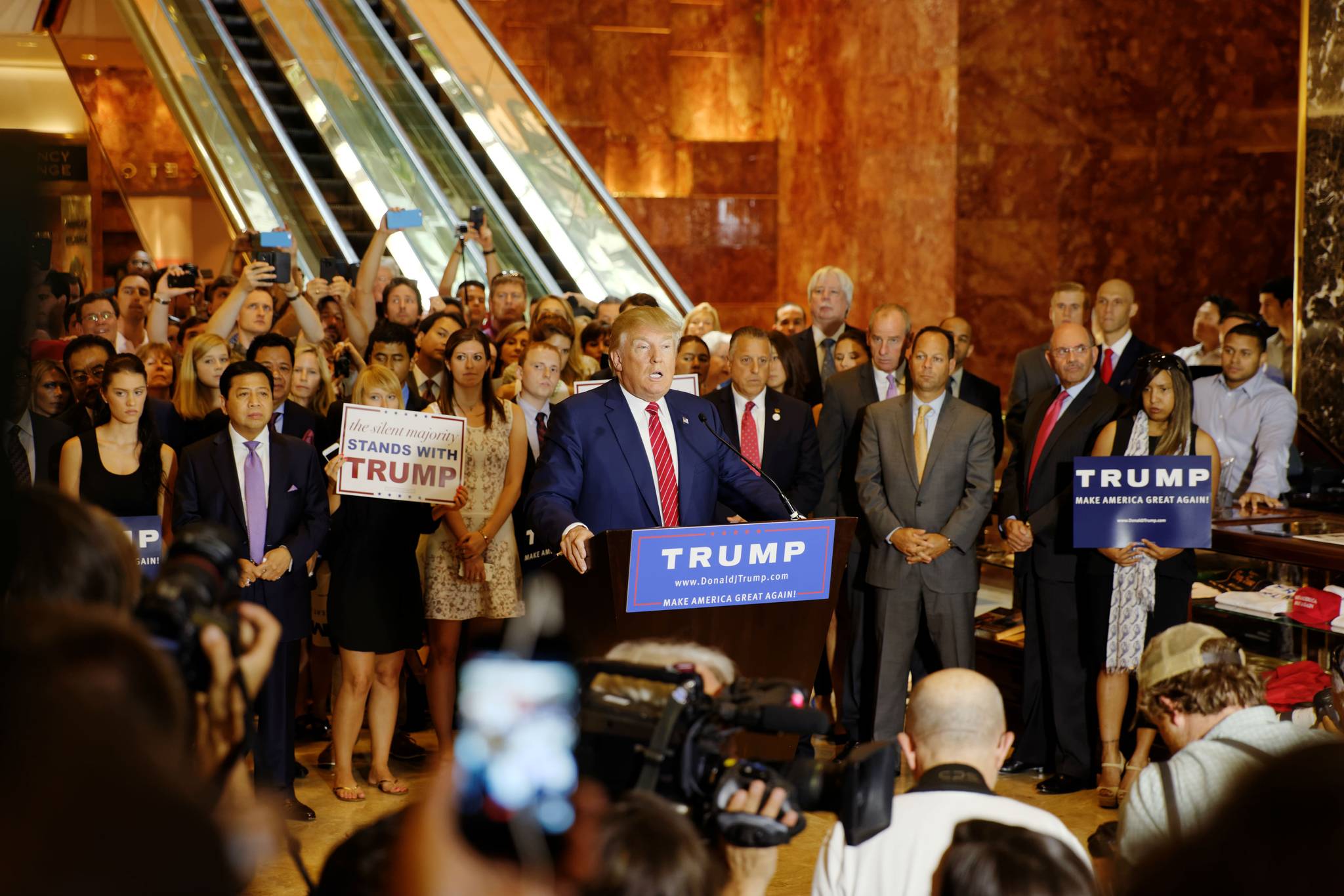
Russia’s president is notorious for many reasons – not least of which is his tendency to be photographed shirtless. But while Western media outlets believe Vladimir Putin takes these holiday photos seriously, Russian media and social platforms suggest otherwise. Through his photo ops, Putin has given people a means to collectively troll the West, and it's working to bring the country closer together. We explore the science behind why a nation of trolls with a shared cause is as effective as propaganda.
Putin boasts a wide selection of topless photos, from fishing trips to horseback rides, but his latest batch has been a particular hit within Western media, having been picked up by publications including the New York Times, Washington Post, and Time. And while the West often reads Putin’s public image as evidence of a personality cult, the Russian public’s response to the photos conveys a different sentiment. The nation’s citizens have a sense of humour about their leader’s photo-montages, which have spawned a series of memes and light mockery. "How can you not vote for such a torso?" asks Russian journalist Elena Egorova.
The country’s attitudes towards these photo ops suggest that Russia is uniting – not through a personality cult, but through a united front against Western media, who widely interpret Putin’s photos as genuine attempts at embodying the strongman archetype. Putin’s over-the-top PR stunts give the Russian people a chance to collectively troll the West for its fascination with their president, and for its faulty perception of him. With research suggesting that shared animosity brings people closer together than shared affection, it could be an effective tactic. “There is something especially delicious about sharing negative attitudes toward others,” write Jonathan Weaver and Jennifer Bosson in Personality and Social Psychology Bulletin.
Political influence is increasingly shifting online; 28% of 18- to 24-year-olds use social media as their main news source, presidential campaigns are being shaped around digital platforms, and the alt-right take both their name and mascot from internet culture. With the Western media as a common enemy, Putin has released his photoshoots to give young Russians – a generation of citizens who makes memes, not war – ammunition they can actually use. And it looks like it could be working – while global trust in political leaders has dipped to just 29%, Putin’s own approval rating is at 83%.
Mira Kopolovic is a behavioural analyst at Canvas8, which specialises in behavioural insights and consumer research. She has an MA which focused on artist-brand collaborations, and spends her spare time poring over dystopian literature and modern-day propaganda.



